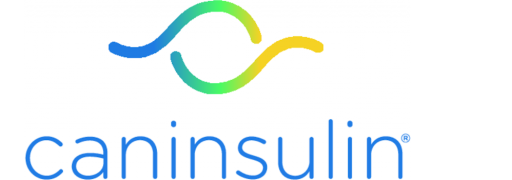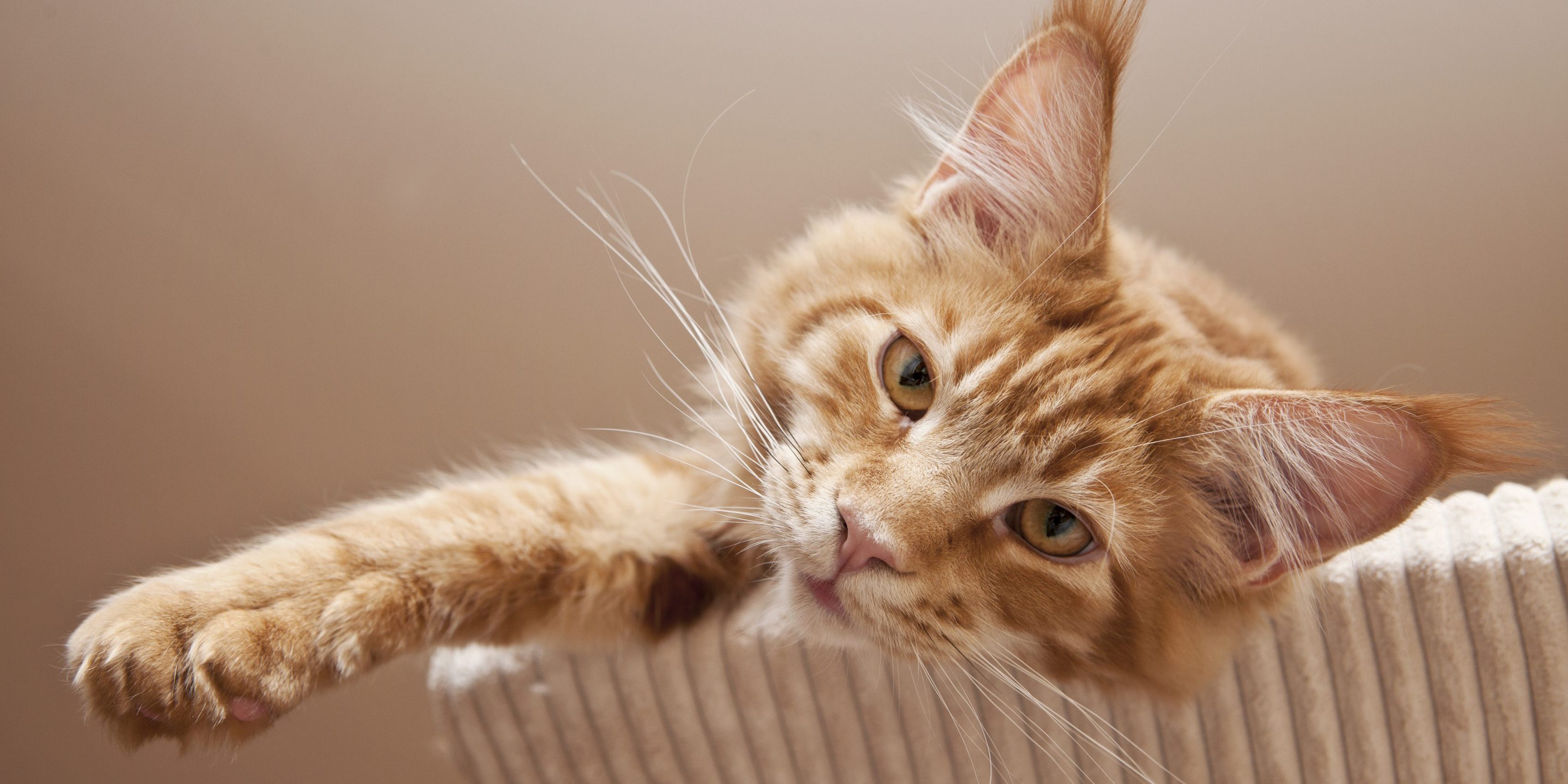
Avoiding Hypoglycemia
The most common side effect during insulin treatment is low blood glucose or hypoglycemia. Hypoglycemia can also occur in cats on oral treatment.
Consistent management will help avoid this common complication
- Establish and follow a daily routine of treatment, meals and exercise and/or play
- Keep diet and meals consistent in quality, quantity and timing – a connected feeder may help
- Your veterinarian will advise you about suitable food, treats and a weight management plan for your diabetic cat
- Keep records of your cat’s progress and note any major changes to your daily routine
- Contact your veterinarian if you are worried or see major changes in your cat
- Schedule regular follow-up visits to your veterinarian
“I keep hearing, ‘consistency is key’ and I’m starting to understand how it helps manage my diabetes”
SUGAR


Low blood glucose is common in diabetics on insulin and can also occur in cats on oral treatment for diabetes. Diabetic cats may have few or no signs of low blood glucose. Any change in your cat’s behavior no matter how subtle could be important. Low blood glucose can be serious or even life threatening and needs prompt treatment.
Help to avoid low blood glucose by knowing some of the causes

Change in insulin requirements
Too much insulin for your cat’s needs
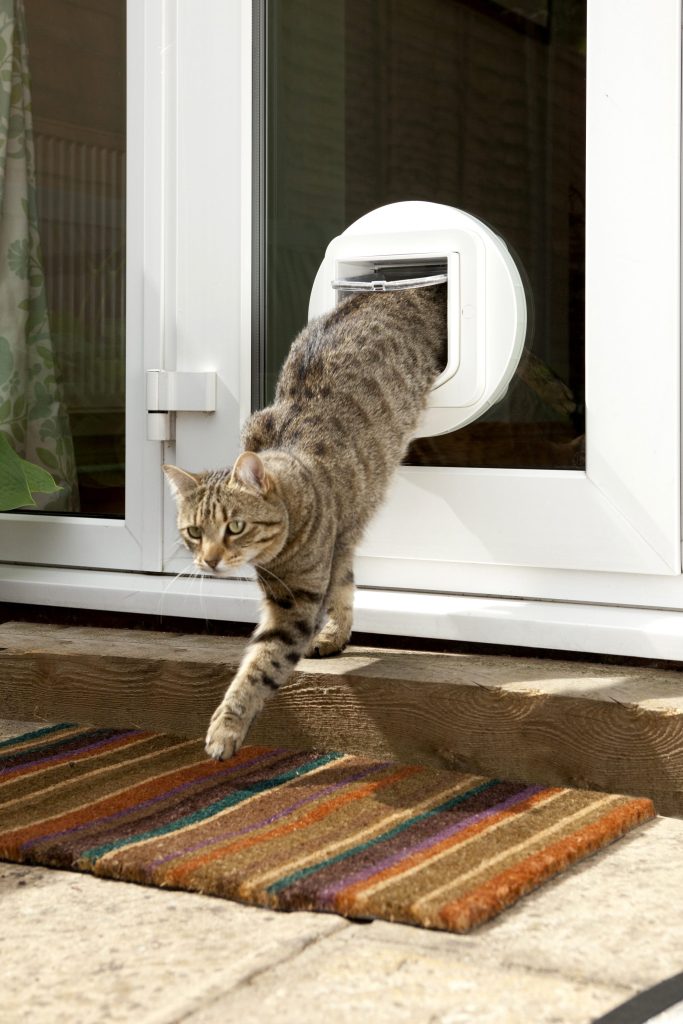
Increased activity
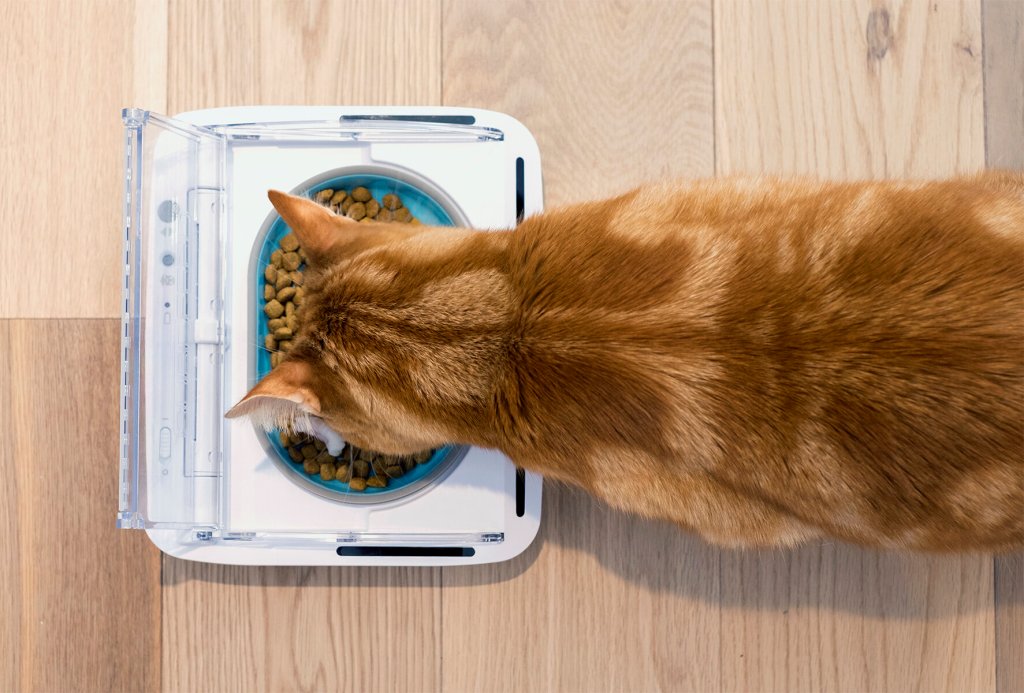
Missing or delaying a meal
Change in diet or amount fed or eaten
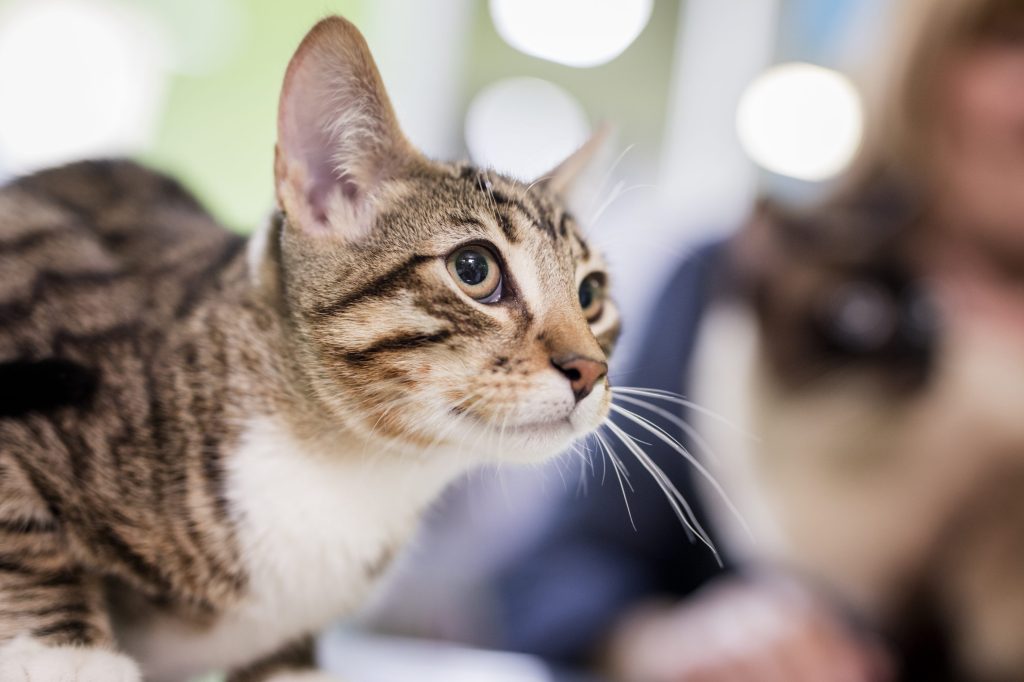
Infection
Decreased appetite or vomiting
Pituitary or thyroid gland disease
Severe liver or kidney disease
Other medications
